
Government
Our Defining Documents
The governments we have organized are defined by written documents—both those that influenced their design and their constitutions. Historians can study these documents to get a better understanding of why the creators of our constitutions made the decisions they did.
Declaration of Independence
The Declaration of Independence is a brief document but very important in American history. Many people are familiar with these lines of this defining document:
We hold these truths to be self-evident, that all men are created equal, that they are endowed by their Creator with certain unalienable Rights, that among these are Life, Liberty and the pursuit of Happiness.—That to secure these rights, Governments are instituted among Men, deriving their just powers from the consent of the governed,— That whenever any Form of Government be comes destructive of these ends, it is the Right of the People to alter or to abolish it, and to institute new Government, laying its foundation on such principles and organizing its powers in such form, as to them shall seem most likely to effect their Safety and Happiness.
This brief passage includes many principles that shaped the American government, such as natural rights, equality, consent of the governed, and the social contract.
The British colonies in North America had become increasingly angry about a major shift in the British government’s policies toward them. After the French and Indian War (1754–63), British officials attempted to pay back British debts by placing various revenue-raising schemes on the colonies. The colonists objected to this and to the introduction of a large number of British soldiers in the colonies to ensure cooperation. After a series of escalating events, war between the two sides began in 1775. Attempts to stay within the British empire failed. The Declaration of Independence was mostly written by Thomas Jefferson after the Second Continental Congress decided to make an official declaration of separation from the British Empire. The Fourth of July celebration marks the occasion of the adoption of the Declaration of Independence by the Continental Congress in 1776.
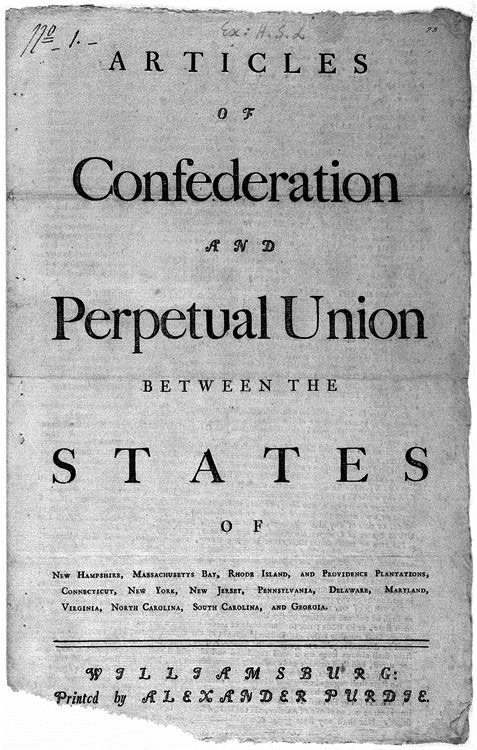
Thomas Jefferson’s rough draft of the Declaration of Independence (image courtesy Library of Congress).
US Constitution
The US Constitution was created in order to establish the government of the United States after the failure of the Articles of Confederation. The Constitution needed to balance executive power with legislative and judicial power. The American people did not want another king after they had just fought a war against one, but they also wanted to create a governing system that would accomplish their goals.
The idea of a constitution originated in the ancient Greek city-states. Aristotle, a famous Greek philosopher, recorded the Athenian constitution. The writers of the US Constitution were very familiar with political philosophers such as John Locke, who believed people were born with certain “natural rights” such as life, liberty, and property, and Baron de Montesquieu, who argued for the protection of individual rights, separation of powers, and checks and balances.
The framers also looked at the Iroquois Constitution, also known as the Great Law of Peace, for ideas such as one office per person at one time, a process to remove leaders, a bicameral legislature, and a balance of power between the Iroquois Confederacy and individual tribes.
In fact, leaders in the Iroquois Confederacy had regular communication with the framers of the Constitution including Benjamin Franklin. The Great Council of the Confederacy was even asked to address the Continental Congress of 1776.
When the Constitution was ratified it was, and still is, seven articles long. It is the supreme law of the land.
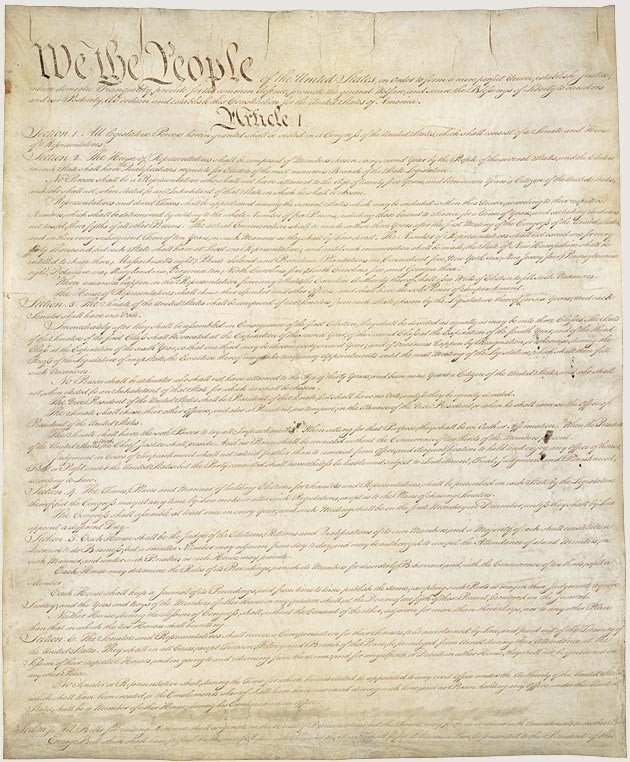
The Constitution (image courtesy of the National Archives).
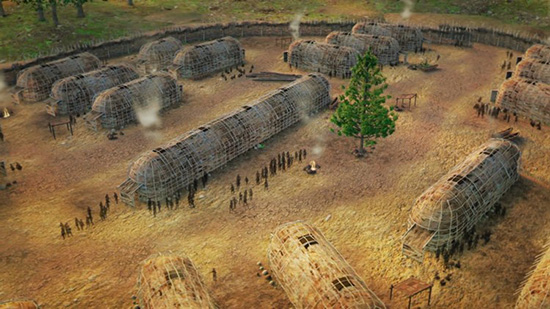
The people of the Iroquois Confederacy called themselves the Haudenosaunee, (pronounced "hoo-dee-noh-SHAW-nee"). This is a Haudenosaunee settlement (image courtesy PBS).
Preamble to the US Constitution
We the People of the United States, in order to form a more perfect Union, establish Justice, insure domestic Tranquility, provide for the common defense, promote the general welfare, and secure the Blessings of Liberty to ourselves and our Posterity, do ordain and establish this Constitution for the United States of America.
Articles in the Constitution
- Article 1: Organizes the legislative branch
- Article 2: Organizes the executive branch
- Article 3: Organizes the judicial branch
- Article 4: Defines the relationship between the states and the federal government
- Article 5: Establishes procedure to amend the Constitution
- Article 6: Establishes supremacy of the federal government
- Article 7: Describes the ratification process
The Amendment Process
The framers recognized the Constitution might need to be changed. They included a process to make changes to the Constitution through the addition of amendments. The Constitution was amended with the first ten amendments, or the Bill of Rights, in the first Congress. Without an agreement for the addition of those clear statements of protection of individual rights, it might not have been approved. Since then, many amendments have been proposed. The Constitution has been amended twenty-seven times.
If an amendment is ratified it means that each state needs to amend their own constitutions to reflect the US Constitution because of the Supremacy Clause. The Supremacy Clause establishes that federal constitution and law takes priority over state constitution and law.
How is the US Constitution amended?
Either:
Both houses of Congress approve an amendment with a two-thirds approval
Or: A constitituional convention called by two-thirds of state legislatures proposes an amendment.
Then: If the amendment is ratified by three-fourths of the states, becomes a part of the Constitution.
Amendments to the US Constitution
Bill of Rights
The Bill of Rights is one of America’s founding documents and includes the first ten amendments to the US Constitution. It makes clear the limitations placed on the power of the federal government and how it can treat its citizens. The Bill of Rights contains the first amendment, which protects a person’s ability to express their beliefs. Several amendments offer protections for people involved in the criminal justice system, from police searches to court procedures. The Bill of Rights was added to the US Constitution to help get the Constitution passed because citizens were concerned about the amount of power the federal government had. In fact, the tenth amendment declares that any power not assigned to the federal government belongs the state or the people. A large group of citizens, collectively named the Anti-Federalists, rejected the Constitution without these protections. The Anti-Federalists believed that the federal government was too powerful in relation to the states and individuals without a section that explicitly states in what ways the federal government was limited.
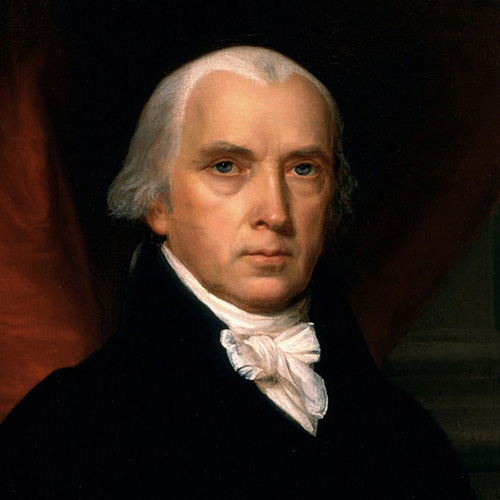
James Madison wrote much of the Constitution and incorporated the Bill of Rights during the first legislative session in 1789 (image courtesy the White House).
Reconstruction Amendments
These amendments were added to the US Constitution after the American Civil War. The thirteenth amendment abolished slavery except for punishment as a crime. This amendment was necessary because the Emancipation Proclamation only applied to the states in rebellion. Maryland, Delaware, Missouri, and Kentucky were slave states that remained loyal to the Union. The fourteenth amendment does several important things. First, it grants citizenship to all persons “born or naturalized in the United States.” It seeks to protect citizens from unequal treatment by requiring that all citizens receive equal protection of the law and due process. The fifteenth Amendment prohibited states from disenfranchising voters “on account of race, color, or previous condition of servitude.”
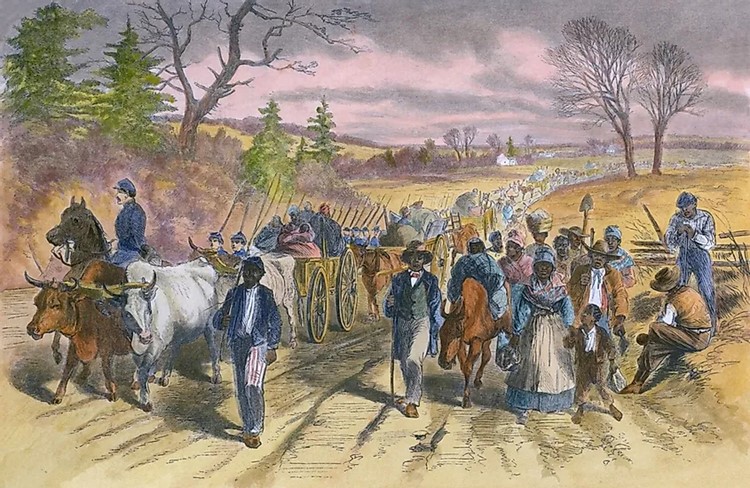
The Reconstruction Amendments attempted to empower former slaves to become full and equal citizens of the US (image courtesy World Atlas).
The Eighteenth Amendment
The eighteenth amendment prohibited the manufacture, sale, or transport of alcohol in the United States. It was ratified on January 16, 1919. For decades, activist groups tried to limit or ban access to alcohol because they viewed it as a major social problem. Prohibition slowly lost public support partly because it was not as effective or transformative as advocates argued it would be. The twenty-first Amendment was passed on December 5, 1933, officially repealing the eighteenth amendment or prohibition.
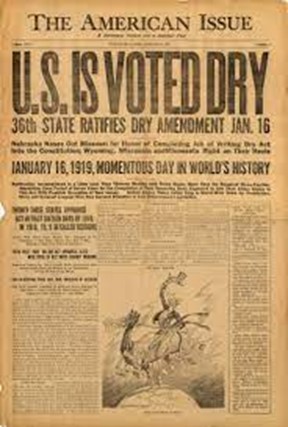
The United States prohibited the sale and distribution of most alcohol in the years between 1919 and 1933 (image courtesy Ohio Memory).
The Nineteenth Amendment
The nineteenth amendment, ratified on August 18, 1920, established the right to vote for women. Women fought for the right to vote for decades in the US, beginning in 1848. Proposed in 1878, the nineteenth Amendment took a staggering forty-two years (1920) to be ratified. Most of the other amendments took seven years or less.
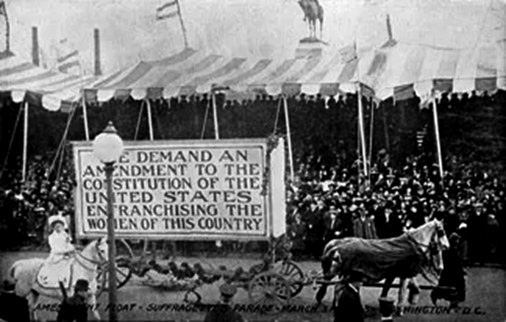
Women’s suffrage procession in 1913 (image courtesy of Harvard University).

